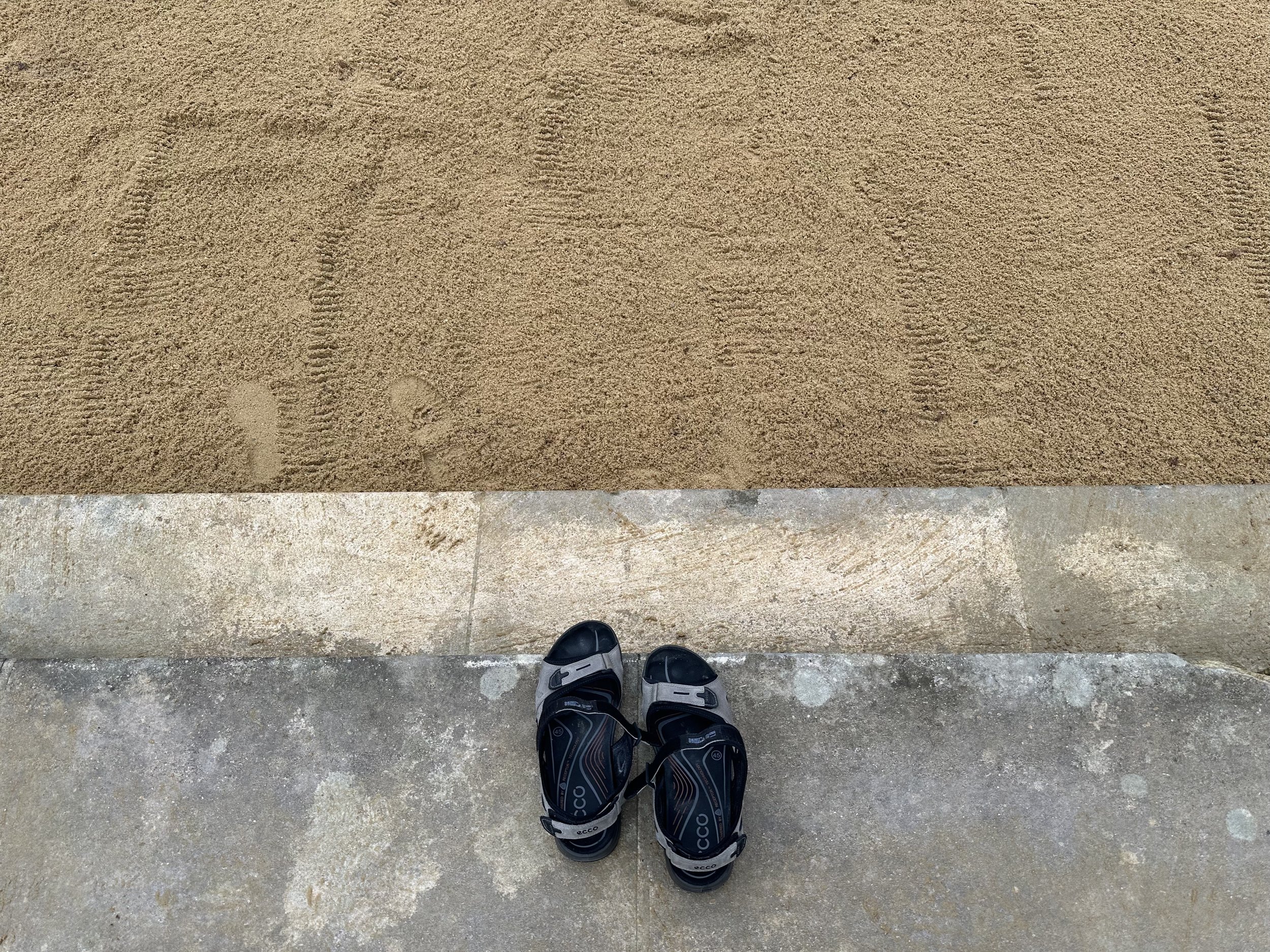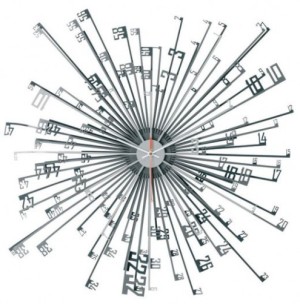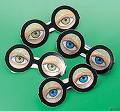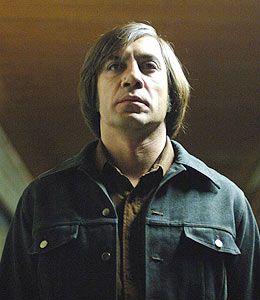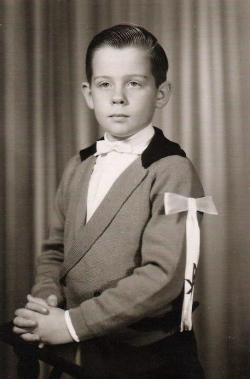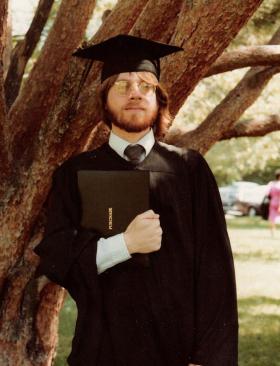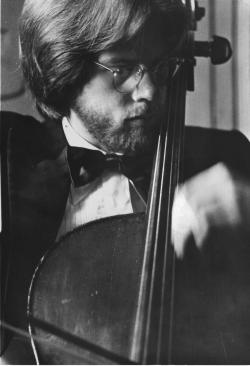Several years ago, I was riding the Paris metro at rush hour when a technical problem caused the train to stay put for many long minutes in a busy station. The platform got ever more crowded, and people inside the train and on the platform got ever more impatient. A blind woman on the platform started complaining loudly about the crowds, the delay, the unreliable metro, the idiots. Some people laughed with her, some people laughed at her. She was near the train door, and was about to board when the doors closed and caught the tip of her cane. She let out an anguished cry the likes of which I had never heard before and, thank God, haven’t heard since. This was partly out of the overall stress in the whole situation, but mostly because the cane was an extension of herself, a vital adaptation, a matter of survival. The train doors, snapping shut on the lady’s cane, had symbolically threatened to guillotine her.
Recently I bought a new cello bow. It was the culmination of a process lasting a lifetime. I got my first cello and bow when I was 12, which means 54 years ago. Back then I wasn’t thinking of becoming a musician, but “it was already written” that my life would unfold in a certain way (which was going to be neither linear nor straightforward). To begin with, cello lessons amounted to an informal, disorganized, and unstructured addition to my general education. That first cello of mine was made of plywood. My first bow was similarly unsophisticated. And so was I, shy and awkward, a disembodied brainiac, a boneless chicken, an ay-caramba missing a caramba or three.
Traditionally, on New Year’s Eve we children had to perform in front of the family, gathered at grandma’s apartment: sing, play, recite; a young cousin who didn’t have these skills performed a controlled stumble, like some feline falling off a boulder. Good job!
Playing for your family is one of the most discomfiting activities for a sensitive musician. Torture!
Now see the ay-caramba as a 13-year-old with malicious acne. The afternoon of New Year’s Eve, taking a break from practicing my cellistic squeaks in our living room, I carelessly put my bow down on the sofa, and my younger brother sat on it—not on purpose, not on purpose. In half it broke.
In half he broke. In half I broke. In half—
A desperate trip to a music shop downtown provided a short-term solution, and that evening I did my boneless chicken tango in front of the familiar executioners. Good job!
Over the subsequent years I got a better cello, then a better one still; I got a better bow, then a better one still. I grew up, followed my non-linear path, left Brazil behind, left things and people and ideas behind, embraced new things and people and ideas. Here I am.
The Portuguese landed in Brazil in 1500, though true exploration and conquest would only start decades later. The Brazilian Northeast region, relatively close to Portugal, was settled before the rest of the country. Its coast was home to a tree with reddish wood that was prized in the preparation of textile dyes and suchlike. The Portuguese word for “embers” is “brasa.” The tree that yields the ember-colored wood is called “pau-brasil.” The country’s name is, in fact, a reference to this very tree; Brazil is “ember-like.” In English, the tree is known as “pernambuco,” after the state in the Northeast region where the tree used to be abundant.
A bow makes a huge difference in string playing. Sound, resonance, color palette, power, beauty, ease: everything is affected. European bow makers figured out that pernambuco made for excellent bows: resilient, flexible yet resistant, lively, vibrant. A cheap carbon-fiber bow costs fifty dollars; the most expensive bows, used by first-class concert artists and prized by collectors, sell for hundreds of thousands of dollars and are necessarily made of pernambuco.
In the 1980s Brazil had a period of hyperinflation, up to 2,500% per year. Prices and salaries were upside-down; nobody could determine the intrinsic value or cost of a thing. Circumstances allowed me to buy (from two Brazilian musicians who were going into retirement) two superb pernambuco bows for very low prices, if you calculated the prices in dollars. Those two bows sustained my cello playing for 40 years.
They’re gone. I sold them. I’ll never see them again. Adieu, Victor! Adieu, Dominique! Thank you so much!
To replace them I bought a fiber-carbon bow, not a fifty-buck cheapo but a super-excellent, marvelous, wonderful, delightful, precious, fantastic, delicious bow designed and manufactured by Bernd Müsing in Germany. Unbelievable. Wow.
Many objects in our lives are extensions of ourselves, often enhancing a biological function. Clothes are an extension of our skin; they are an exo-skin, as it were, protecting us from the elements and keeping us comfortable and healthy. Eyeglasses are an extension of our eyes, helping us see better and function more easily. Forks are a continuation of our hands and fingers. Bikes and cars increase the range of our locomotion.
Extensions aren’t free from risks and dangers. We could (couldn’t we!) talk about what an ecological and geopolitical disaster cars have become over the decades. Cities and whole cultures sometimes are car-centric, at the expense of humans and pedestrians and the general quality of life of the cities and cultures concerned. The car-as-an-extension was created to help us, but at some point it took a life of its own and turned against us. Without realizing it, many people venerate the extension, transferring their affections, their loyalties, even their love away from deeply held, organic existential principles, and toward the extension.
The blind lady and her cane; the cellist and his bow. Her cane is her sight and her life; my bow is my breath and my voice. It wasn’t easy to let go of the two incredible pernambuco bows that extended my voice for so long. But you know how it is: in your path forward, you let go of people, places, things, and ideas; and you embrace new people, places, things, and ideas. Your relationship with your very self changes constantly; and your relationship with the extensions that are part of yourself also changes constantly. There exist slow changes, fast ones; smooth, abrupt; easy, difficult; constructive, destructive. But we might say that the whole of life is a dance of let-go and embrace.
My new bow . . . wow. I’ve never played better, I’ve never sounded better, I’ve never felt better. Wow. I embrace!
©2024, Pedro de Alcantara





